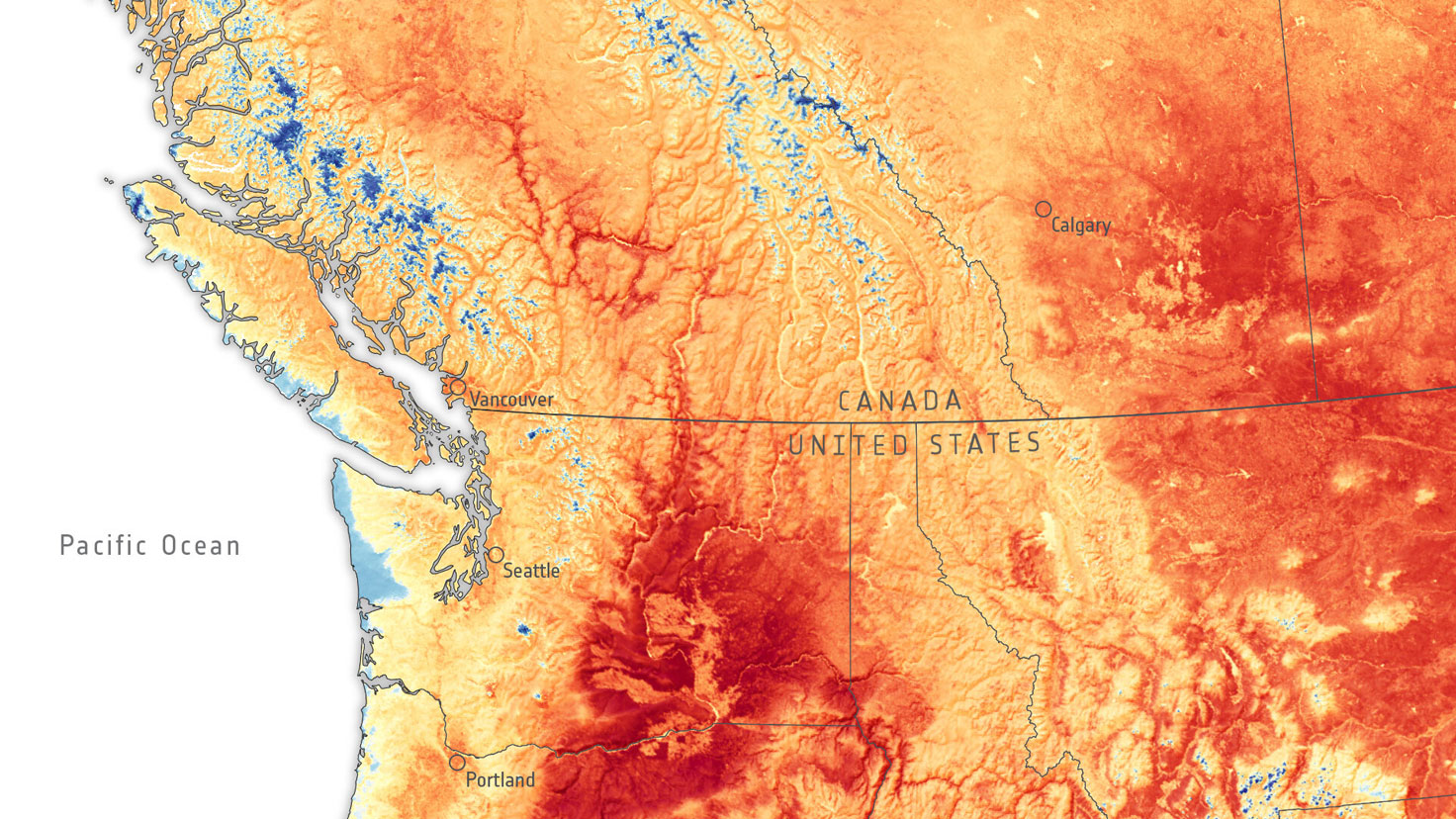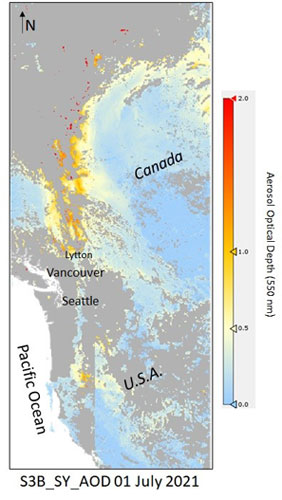
While Canada recently underwent scorching temperatures resulting in deadly fires, data from the Copernicus Sentinel-3 mission helped track essential information.
On 30 June, the small town of Lytton, Canada, located about 260 km north-east of Vancouver, was consumed by flames, leaving it completely wiped out.
"Within about 15 minutes the whole town was engulfed in flame," Mayor Polderman told the BBC.
With a record-breaking temperature of 49.6 C and winds of up to 71 km/h, which pushed the fire north into the community that same evening, a CBC meteorologist reported how hot, dry and windy conditions in the area could mean the fire was moving at 10 km/h, and at times reaching up to 20 km/h.
The town suffered 62 new fires within 24 hours. Authorities said 90% of Lytton had burned down, including the town centre, with over 1000 people evacuated.
Data from the Sentinel-3 mission of the European Union’s Copernicus Programme have been used to combine information on fire with that of aerosol.
While weather forecasts typically use air temperatures, the Sea and Land Surface Temperature Radiometer (SLSTR) onboard Copernicus Sentinel-3 measures the thermal energy radiating from the terrestrial surface.
Therefore, the featured map generated using data from the mission, shows the actual temperature of the land’s surface, which can be significantly hotter or colder than air temperatures.
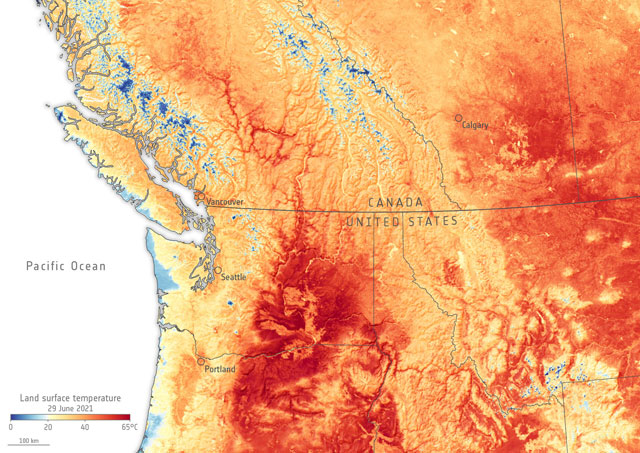
The persistent heat over parts of western Canada and parts of the US was caused by a heat dome, a high-pressure area that traps heat energy and prevents it from dispersing, stretching from California to the Arctic.
Copernicus Sentinel-3 provides, in an operational and timely manner, a generalised suite of high level secondary geophysical products such as global coverage fire monitoring products (e.g. fire radiated power, burned area, risk maps) and atmospheric aerosol optical depth products.
The SLSTR Level-2 Fire Radiative Power (FRP) product provides one measurement data file with values and associated parameters generated for each fire detected over the SLSTR 1 km grid, and a number of annotation data files including information in support of the measurement data files, on a global scale.
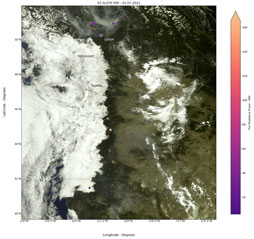
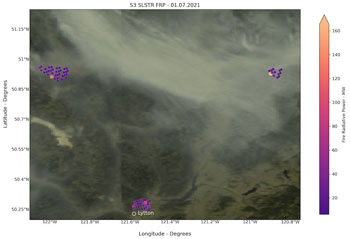
With its multi-instrument platform, Copernicus Sentinel-3 provides a holistic view of the land surface temperature changes leading to the hotspots where fires break out, as well as about the overall carbon released into the atmosphere and the related aerosol distribution.
Moreover, these data allow emergency management teams to map the extent of fires as well as post-fire destruction by processing the optical data to burnt area maps, showing the dimension of the damaged area.
Steffen Dransfeld, ESA's Sentinel-3 Data Quality Manager, states, "Copernicus Sentinel-3 data provide one of the few sources of contemporaneous measurements, giving a complete view of the evolution of land-surface temperature, resulting fires and released carbon, as well as the subsequent impact on the atmosphere.
“The repeat coverage of the OLCI and SLSTR instruments allow for a close monitoring of that evolution, enabling environmental agencies and scientists to follow the environmental stress caused by a warming climate," concludes Dransfeld.
About the Copernicus Sentinels
The Copernicus Sentinels are a fleet of dedicated EU-owned satellites, designed to deliver the wealth of data and imagery that are central to the European Union's Copernicus environmental programme.
The European Commission leads and coordinates this programme, to improve the management of the environment, safeguarding lives every day. ESA is in charge of the space component, responsible for developing the family of Copernicus Sentinel satellites on behalf of the European Union and ensuring the flow of data for the Copernicus services, while the operations of the Copernicus Sentinels have been entrusted to ESA and EUMETSAT.
Did you know that?
Earth observation data from the Copernicus Sentinel satellites are fed into the Copernicus Services. First launched in 2012 with the Land Monitoring and Emergency Management services, these services provide free and open support, in six different thematic areas.
For instance, the Copernicus Atmosphere Monitoring Service (CAMS) (implemented by the European Centre for Medium-Range Weather Forecasts (ECMWF) on behalf of the European Commission) provides continuous data and information on atmospheric composition. It supports many applications in a variety of domains including health, environmental monitoring, renewable energies, meteorology and climatology.
Learn more about CAMS monitoring of wildfires and smoke on ‘global fire monitoring’.
